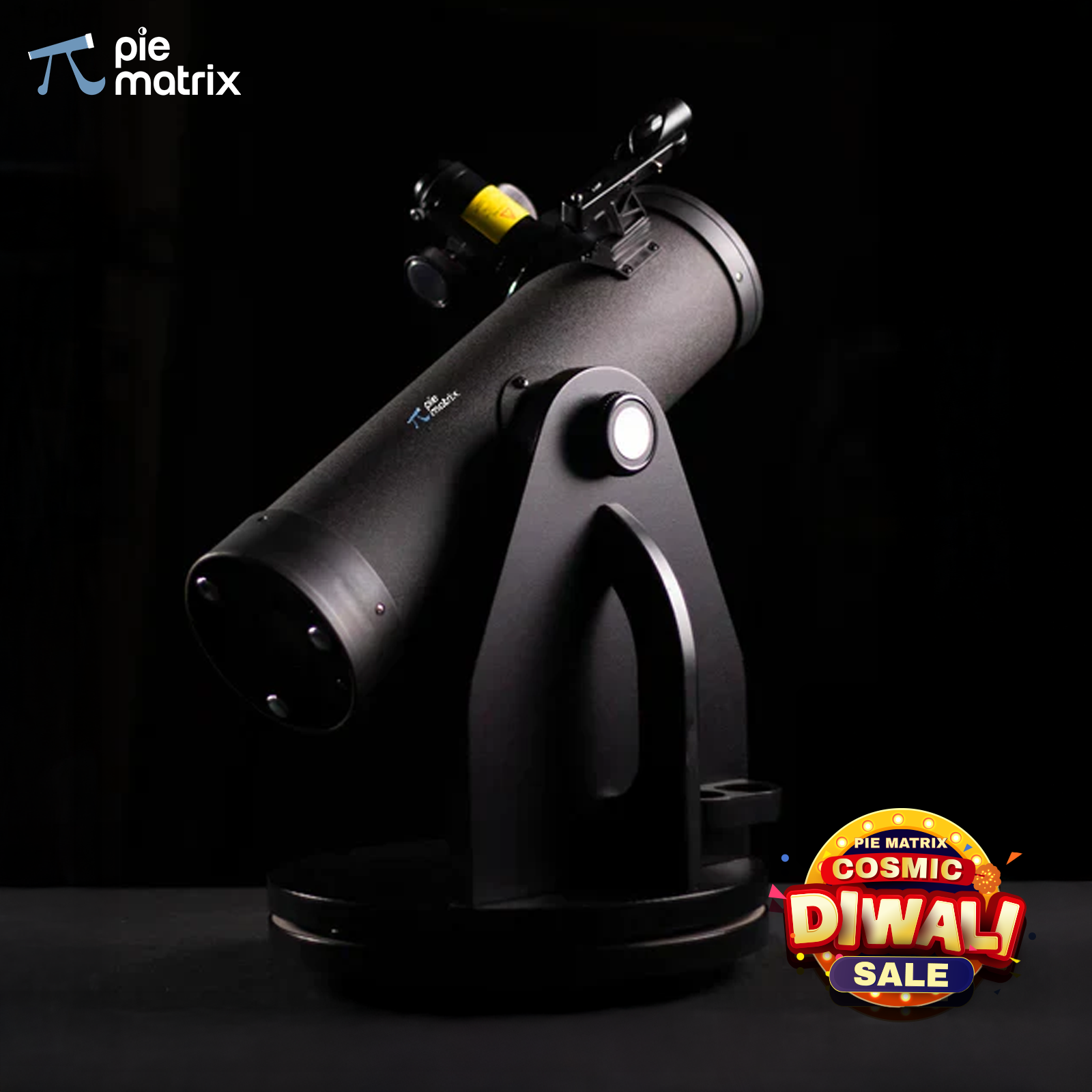Have you ever looked up at the night sky and wished that you could see the rings of Saturn or the glow of a distant galaxy with your own eyes? Well, that dream isn’t reserved for scientists or astronomers; it’s something that anyone can experience with the revolutionary Dobsonian telescope. Often known as “The People’s Telescope,” this humble yet formidable instrument opened the doors of the cosmos to everyday dreamers. Inexpensive, easy to use, and surprisingly mighty, the Dobsonian made stargazing more than just a hobby; it made stargazing a shared joy for millions. Wondering how? Read on to find out!
The Birth of an Idea
Back in the 1900s, telescopes were costly, heavy, and far from beginner-friendly, until John Lowry Dobson, a passionate yet budget-conscious stargazer, found a way for everyone to explore the wonders of space.
He built a telescope using simple, affordable materials like plywood, cardboard tubes, and mirrors polished by hand, and the result was a device that was powerful enough to reveal galaxies, yet portable and affordable enough for the average person.
What Makes the Dobsonian Unique?
Unlike conventional telescopes that use complex mounts and motors, the Dobsonian uses a simple alt-azimuth base that moves up, down, and right with ease. It is primarily a “point and look” telescope that’s intuitive, stable, and beginner-friendly. With a large aperture, it captures more light, which means that even faint celestial objects like distant nebulae or clusters become visible.
To make things clear for you, here’s a quick breakdown of what sets the Dobsonian apart:
|
Feature |
Dobsonian Telescope |
Traditional Telescope |
|
Affordability |
Budget-friendly |
Expensive |
|
Ease of Use |
Very simple |
Often complex |
|
Portability |
Lightweight and compact |
Heavy setup |
|
Maintenance |
Low |
Moderate to high |
Why Is It Truly the “People’s Telescope?”
We believe that the beauty of the Dobsonian telescope lies not just in simplicity, but in its spirit, which is democratized astronomy. Suddenly, people could buy telescopes without breaking the bank. Schools could teach astronomy to kids by showing them galaxies, photographers could do astrophotography without spending a fortune, and communities could host “star parties,” where enthusiasts would gather to observe planets, galaxies, and comets through their Dobsonians. In a nutshell, the Dobsonian telescopes transformed stargazing into an elite hobby from a shared experience.
Conclusion
Even today, i.e., decades after Dobson’s invention, his design remains one of the most popular choices for amateur astronomers worldwide. Whether you are a curious beginner or a seasoned stargazer, the Dobsonian invites you to look up and connect with the universe without any fancy tech or steep learning curve.


Share:
How Aperture Size Impacts What You See Through a Dobsonian Telescope